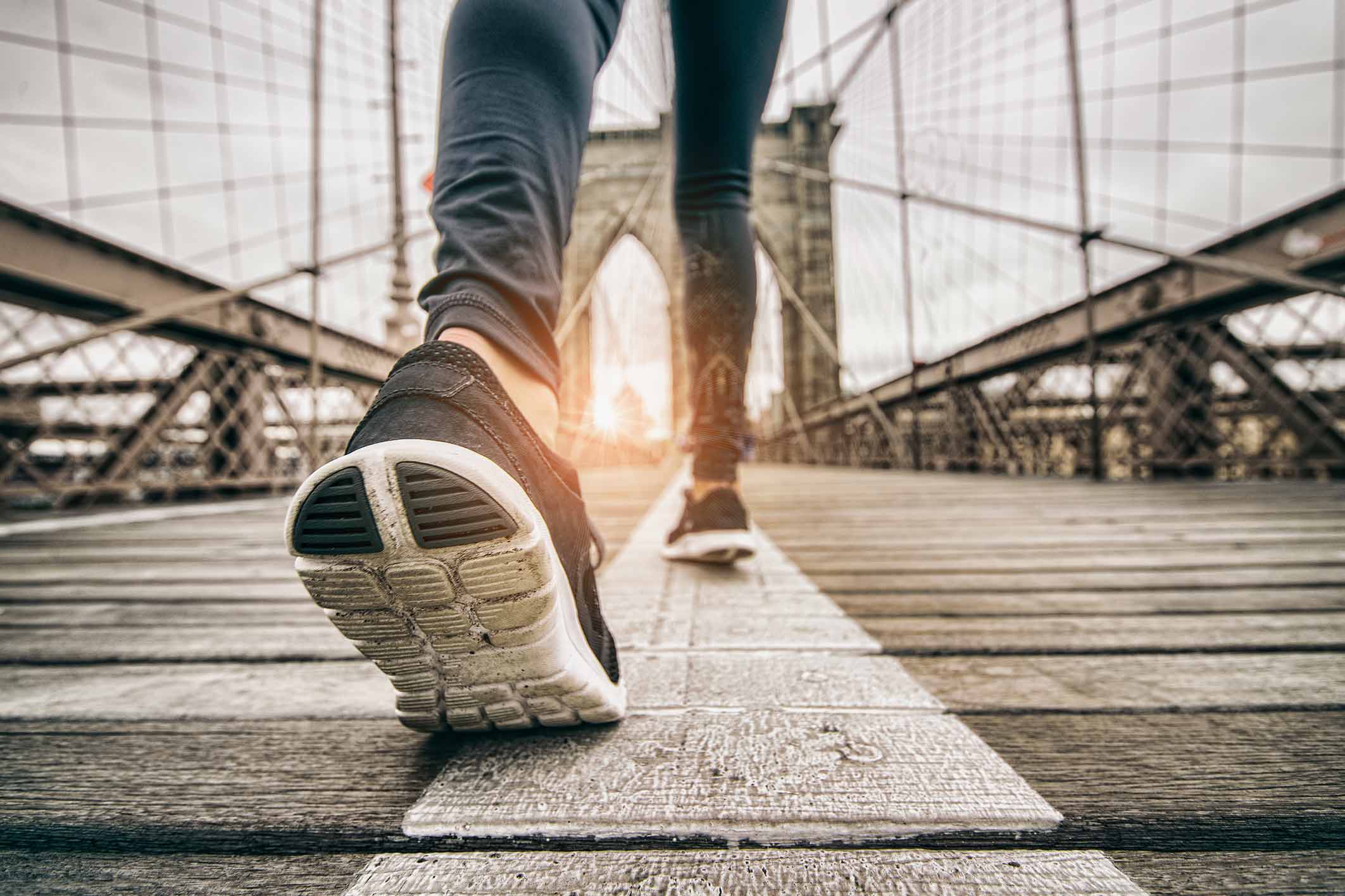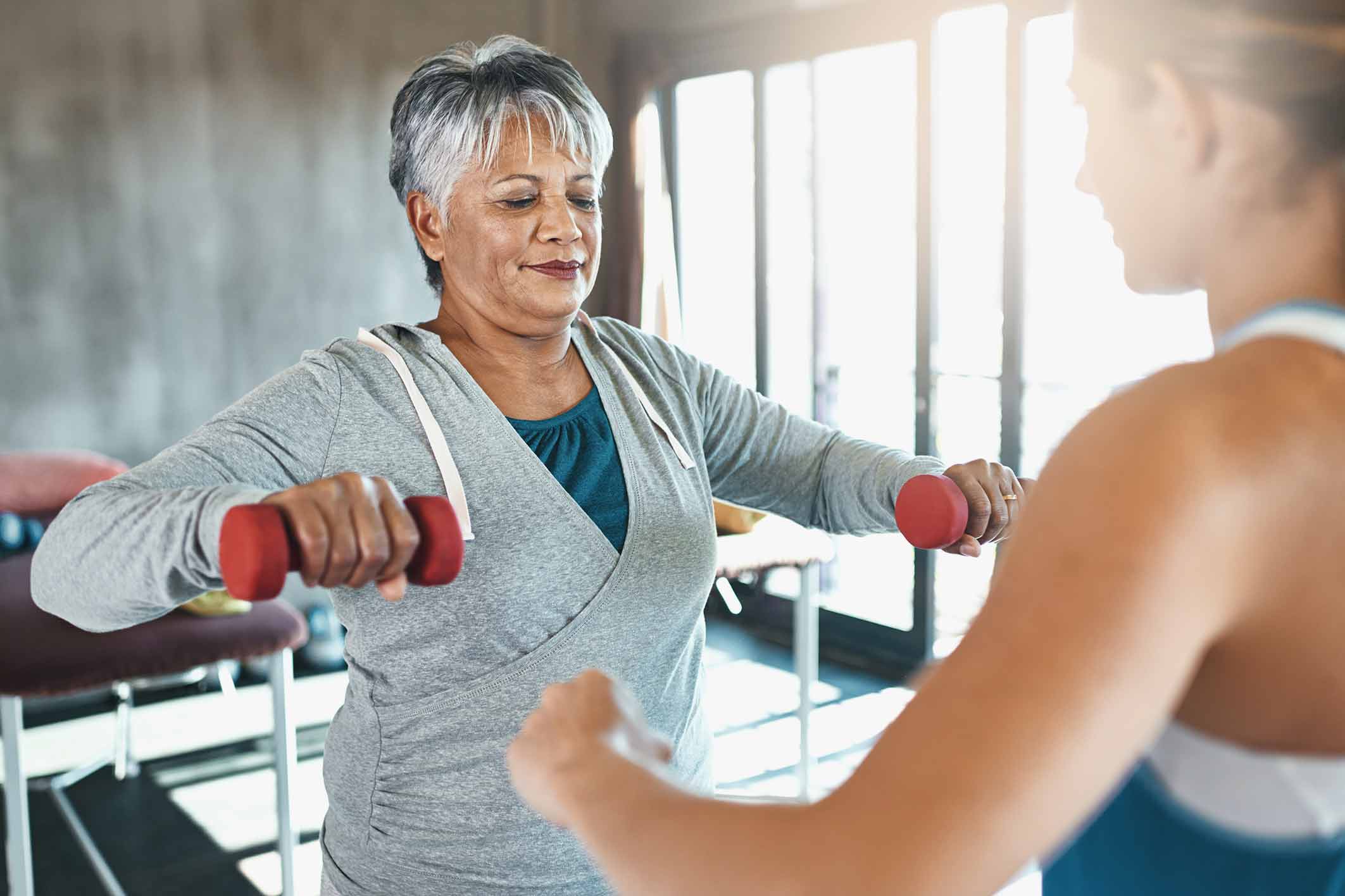5 Exercises to Help Ease Chronic Pain
While medical treatments and physical therapy are vital components of managing chronic pain symptoms, increased physical activity as a daily habit can increase quality of life. Physical activity results in the release of natural endorphins; these are the “feel good” chemicals in the brain that enhance mood while simultaneously easing pain signals. Regular exercise also helps to improve sleep quality and may even result in a reduced need for pain medications.
Walking
Walking is a low-impact aerobic activity that is safe and effectively provides the muscles with oxygen. By increasing circulation, exercise often decreases pain and stiffness.
Aquatic exercises
Gentle exercise in warm water often aids in decreasing chronic pain symptoms. Research shows that this may be due to low impact on the joints in water-based workouts.
Stretching and yoga
Stretching and yoga are often valuable exercises for the improvement of chronic pain. Maintaining good posture, gentle stretching and relaxation exercises are helpful pain-reduction tools to incorporate into a daily routine.
Strength training
Strength training can significantly ease chronic pain and benefit a person’s overall health. Workouts that use free weights or resistance machines are helpful for balanced strength training. Starting slowly and building strength gradually is important to prevent injury.
Activities of daily living
If going to the gym seems overwhelming or an individual’s chronic pain prevents them from exercising, everyday activities and daily chores can help. Routine activities, such as doing laundry, getting the mail, cooking, bathing and dressing are also valuable ways to incorporate movement throughout the day.
Article Provided By: PainScale











